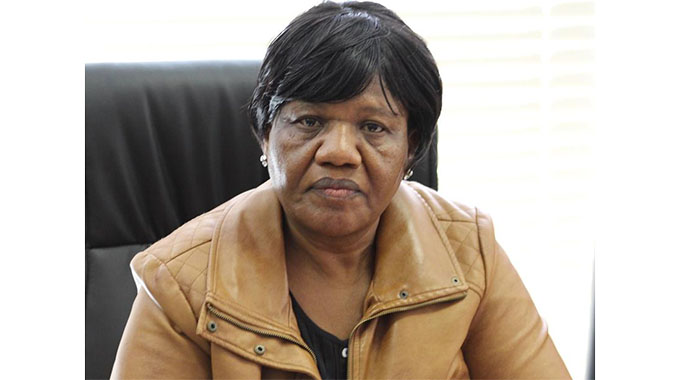Zim showcasing success story of solar for health

From Audrey Chihota-Charamba in New York
In line with the CSW 67 priority theme of promoting innovation and technological change to achieve gender equality, Zimbabwe is showcasing the success story of harnessing solar energy to improve access to health in New York.
According to the Ministry of Women Affairs, Small to Medium Enterprises and Development, the innovation being showcased at the international conference here in New York seeks to reflect Zimbabwe’s commitment to the development agenda, particularly improving the lives of women through reducing maternal mortality, which for a long time stood at 700 deaths to every 100 000 births.
The high maternal mortality was attributed to unreliable, costly, and unsustainable electricity at the health facilities, negatively impacting on the quality of maternal health services offered.
The solar for health project is an inter-ministerial collaboration with the energy sector, ICTs, health and development partners. Through its rural electrification programme, the Ministry of Energy partnered with the Ministry of Health in identifying hard-to-reach and un-serviced health centres where they ensured the inclusion of these on the national grid as well as on solar-powered energy.
The powering of the health centres has improved service delivery for communities, particularly expecting mothers in accessing prenatal, delivery and post-natal services, thus increasing the number of safe deliveries including caesarean section births, which cannot be performed in the absence of electricity.
While maternal mortality is a result of many factors, having electricity at the small, remote health centres has enabled women in Zimbabwe to access specialist care, through online consultations by professionals guiding complex procedures. In addition, equipment is powered to enable the undertaking of various processes and procedures such as x-rays, theatrical operations and general storage of vaccines and other medication as required by health standards.
In areas benefiting from the project, the Ministry of Health and Child Care reports that there is heavy reliance on use of digital platforms for the recording and transmission of data from the small health centres to the national database, driving the agenda of moving towards technological advancement in promoting access to health services.
To date, Zimbabwe has recorded a decline in institutional maternal mortality from 137/100 000 live births in 2015 to 108/100 000 live births in 2022. To further avert mortalities, the health centres have also gradually increased the number of caesarean sections from 29 137 in 2015 to 37 809 in 2022. This means that more children’s lives have been saved by the ability to assist these births.
To avert cervical cancer, an increased number of women were screened from 2015 to 2022 and an increasing number of women continued to be identified as VIAC positive resulting in them receiving treatment for cervical cancer. All these figures were made possible by the inclusion of solar-powered health centres.
Harnessing solar at health centres is part of the renewable energy drive by the Government to enable adaptation to climate change as well as capitalising on natural resources. Zimbabwe benefits from solar energy 90 percent of the year, making the use of solar an accessible resource. The current electricity challenges have increased the basis for the drive towards solar.
The success story of the inter-ministerial collaboration which has improved the lives of communities and women in particular, is set to make waves at the CSW67, with panellists from the different Ministries sharing case studies of the areas covered. In addition, a documentary produced with support from development partners will be screened at the event.











Comments